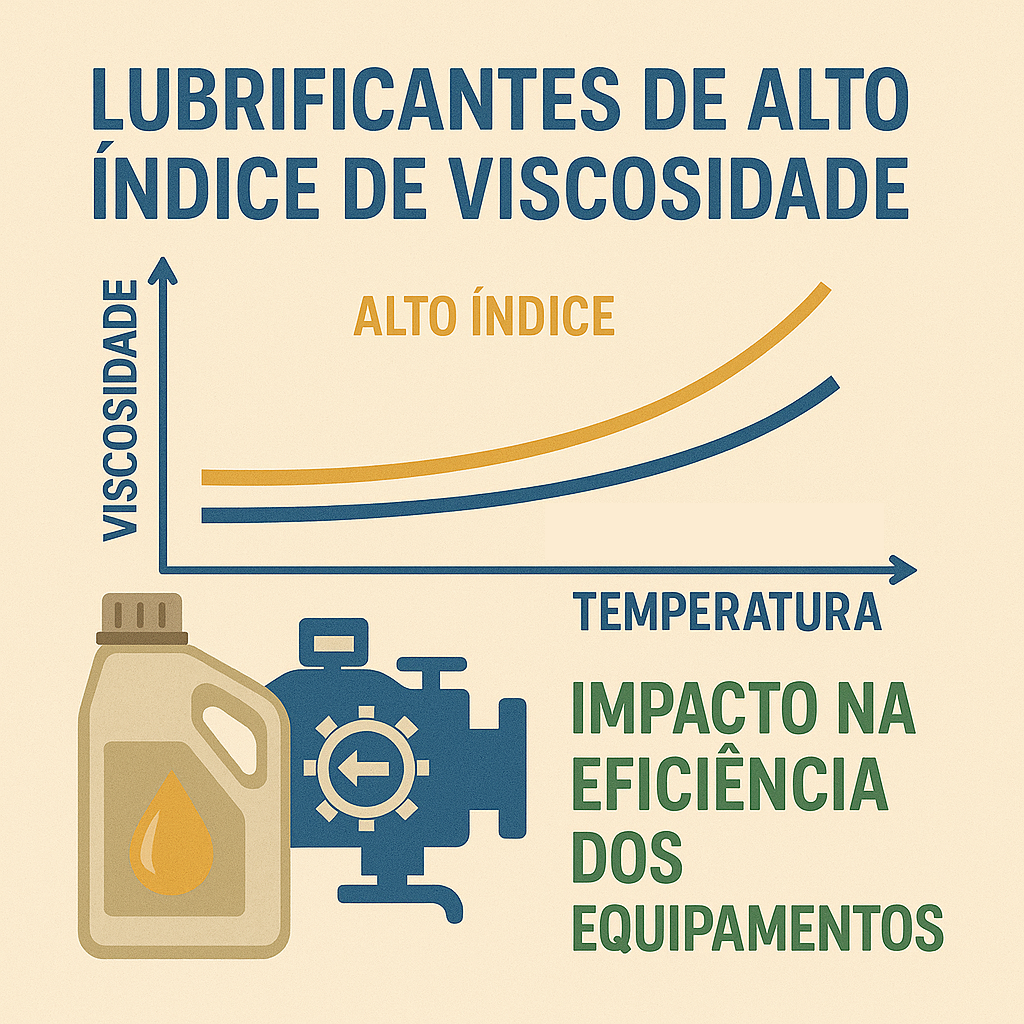 Railway Engines Lubrication
Railway Engines Lubrication
Railway Engines Lubrication – Diesel cycle internal combustion railway engines used in rail transport can be 2T or 4T and are usually equipped with 16 or 20 V cylinders.
Some interesting design features of these railway engines are worth mentioning:
- The exhaust of combustion gases is carried out through exhaust valves present in individual cylinder heads.
- The intake of air for combustion is carried out through intake windows in the cylinder liners.
- The piston pins are supported by split bushings (sleeve bearings), commonly called “charger tiles”, which, like turbocharger shaft bushings, can be silver coated to reduce friction.Air intake for combustion is carried out through intake windows in the cylinder liners.
In view of the above, lubricating oils for use in 2T/4T Diesel Cycle internal combustion railway engines must have some peculiarities:
- Must have an excellent detergency-dispersion in order to avoid the formation of carbonaceous deposits in the air intake windows, in the region of the rocker arms and in the channels of the pistons.
- Zinc dithiophosphate (ZDDP) free anti-wear additive is recommended when machinery is equipped with split piston pin bushings (charger tiles) and silver coated turbocharger bushings as ZDDP is aggressive to silver coating. By way of information, we can mention that the GM-EMD recommends that the maximum levels of zinc in new and in-use lubricating oils be 10 mg/kg (ppm) and that of silver 2 mg/kg.
In some models of railway engines, lubricating oils with anti-wear additives based on ZDDP could even be used, as these equipments do not have bearings with a silver-based coating.
However, for the purpose of standardization in mixed fleets, the option is made for the use of lubricating oils with the same requirements of machinery where there are bearings with silver coating with regard to the anti-wear additive free from zinc dithiophosphate (ZDDP).
The lubricating oil replacement rate in these engines is considerably high and the replacement of lubricating oil loads occurs by condition and based on physical-chemical analysis, with the exception of some exceptional occurrences such as:
- Contamination by Diesel Oil due to faults in fuel return pipes or injection nozzles.
- Contamination by external agents (eg lubricating oils containing ZDDP).
- When performing corrective mechanical maintenance in which there was severe wear of mechanical components in relative motion and contamination of the lubricating oil by abrasive material arising from metallic wear.
In general, it is recommended to collect samples of lubricating oil in use for physical-chemical analysis every 500 hours or 1000 hours of operation, according to the engine manufacturer’s recommendations, and properties such as:
- Content of insolubles in lubricating oil measured by ASTM Test Method D893-14 (Standard Test Method for Insolubes in Used Lubricating Oils) generally indicates passage of blow-by gases between piston rings and liners or between rods and exhaust valve guides that will need repairs so that there is no excessive thickening (increase in kinematic viscosity) of the lubricating oil and catastrophic damage to other mechanical components such as crankshaft main and connecting rod bearings, split shaft bearings pistons (charger tiles) etc. due to lack of lubrication.
Click the image below to read the complete article in the digital version of “LUBES EM FOCO MAGAZINE – issue 84” :






















